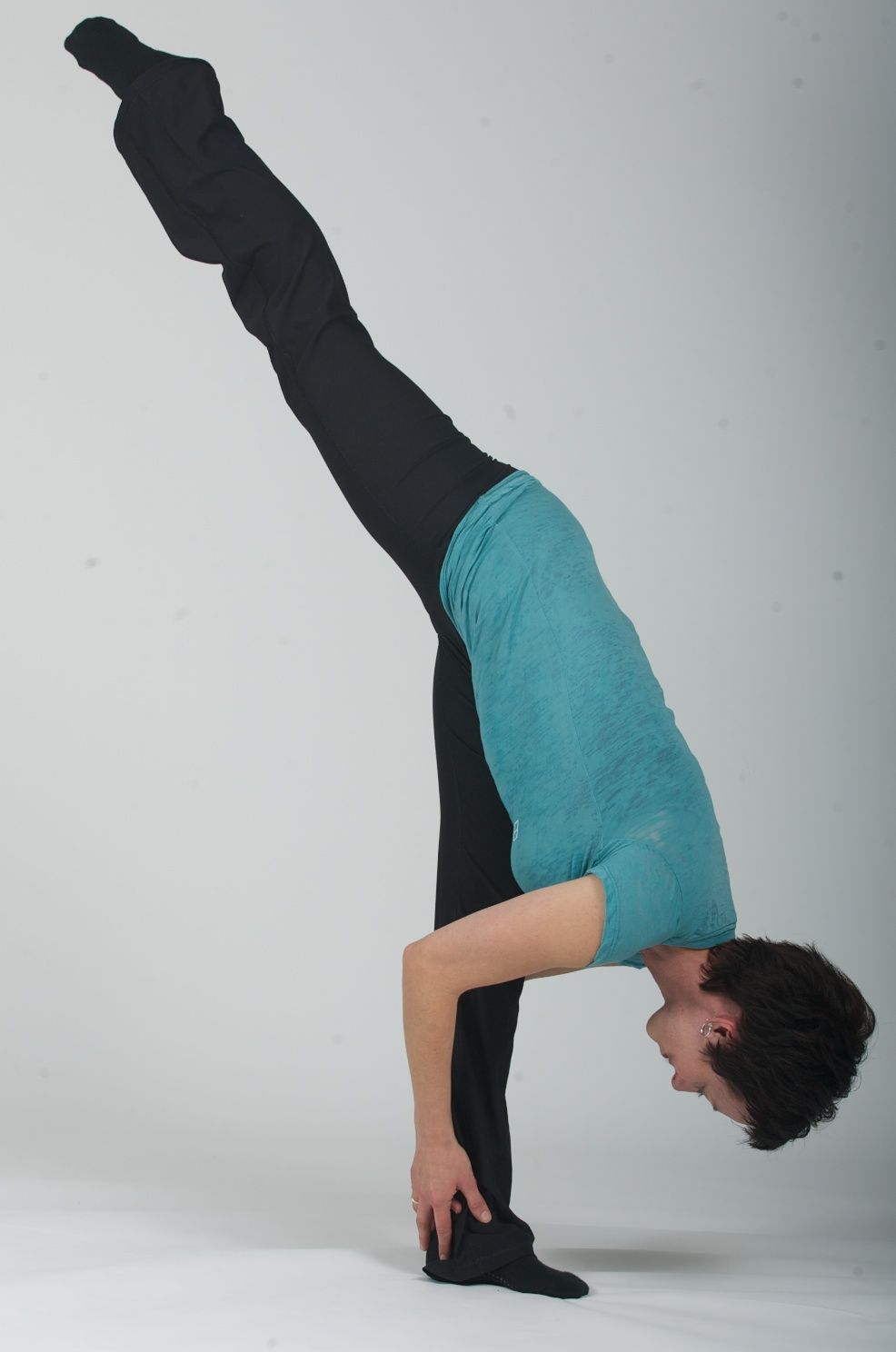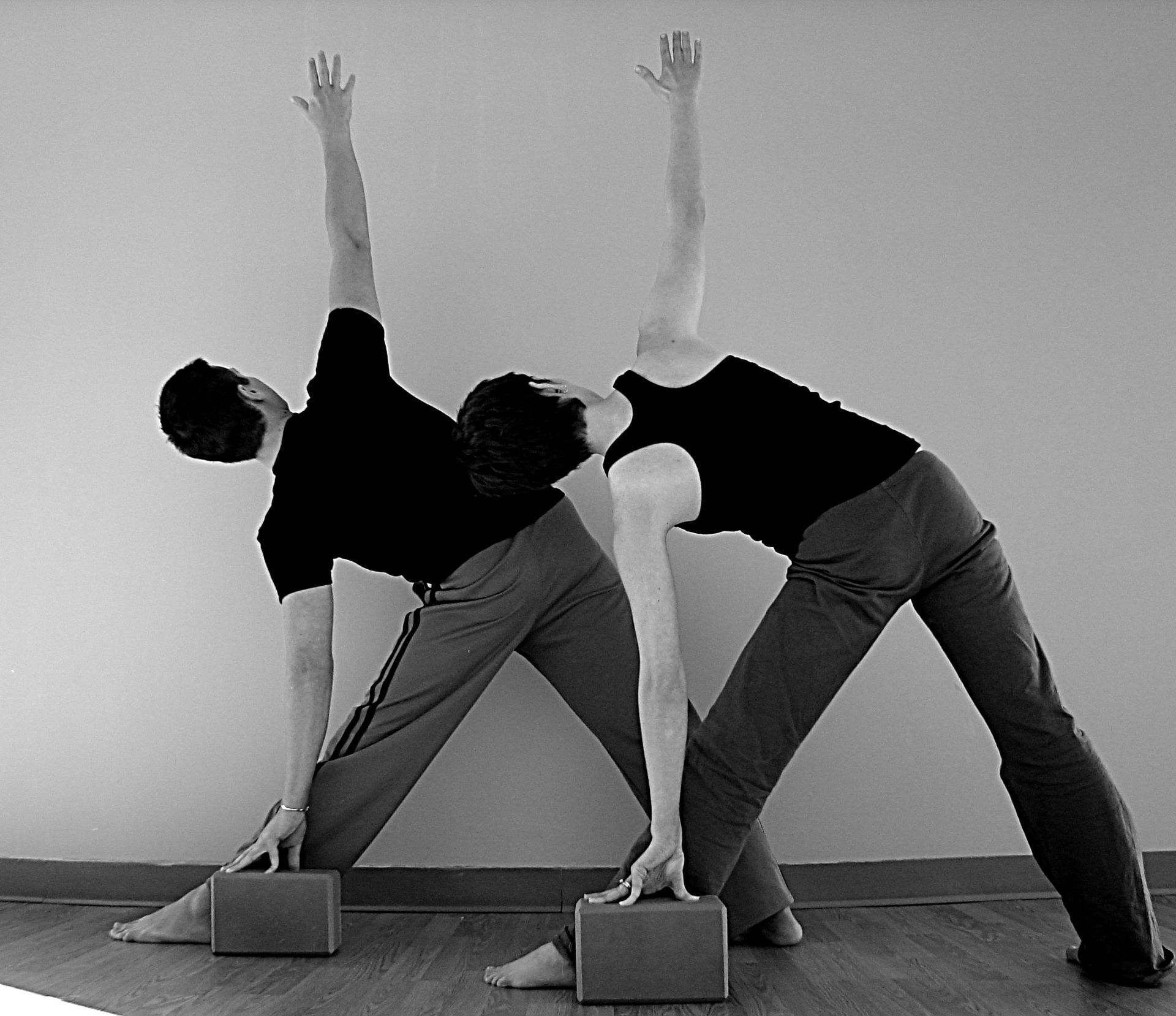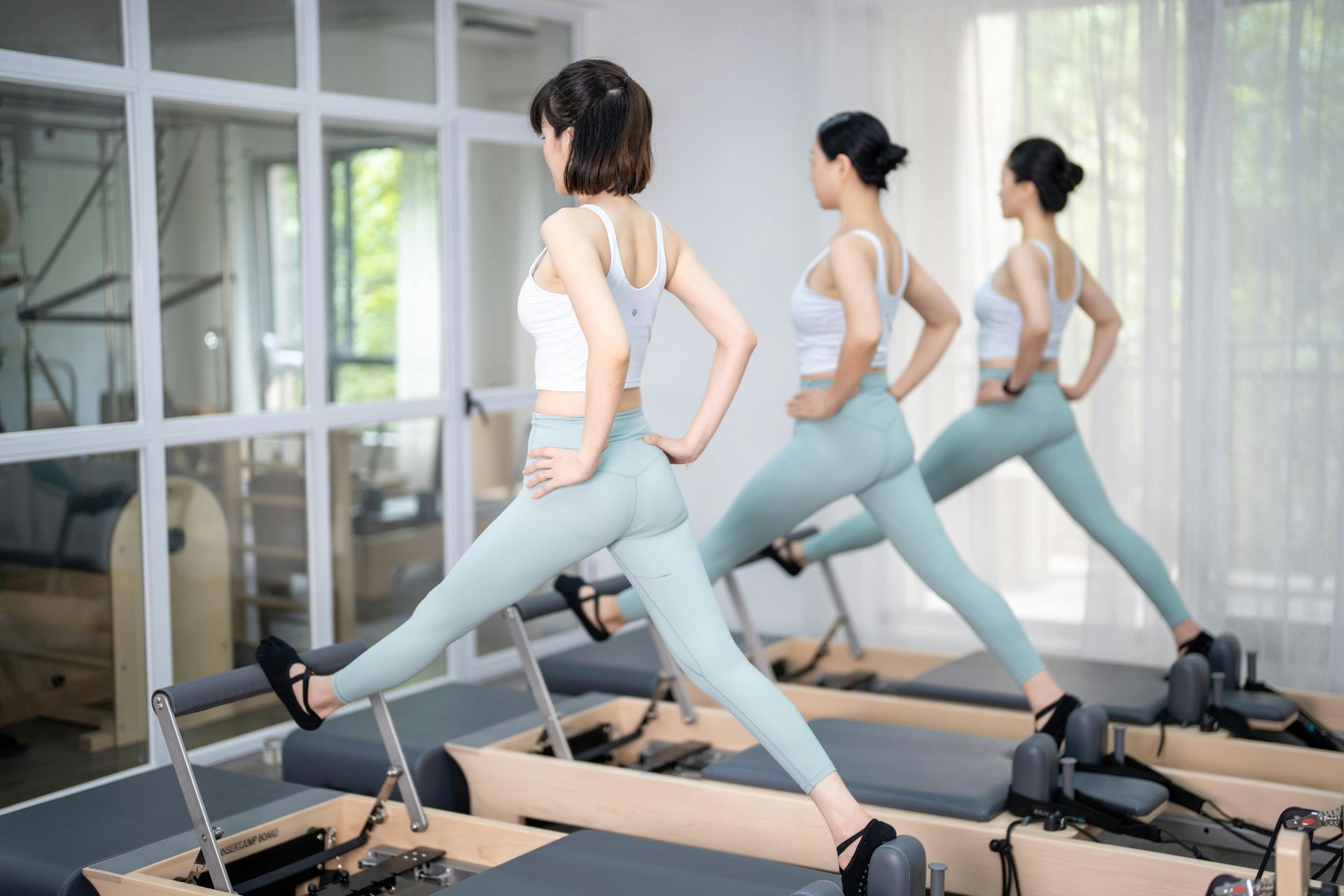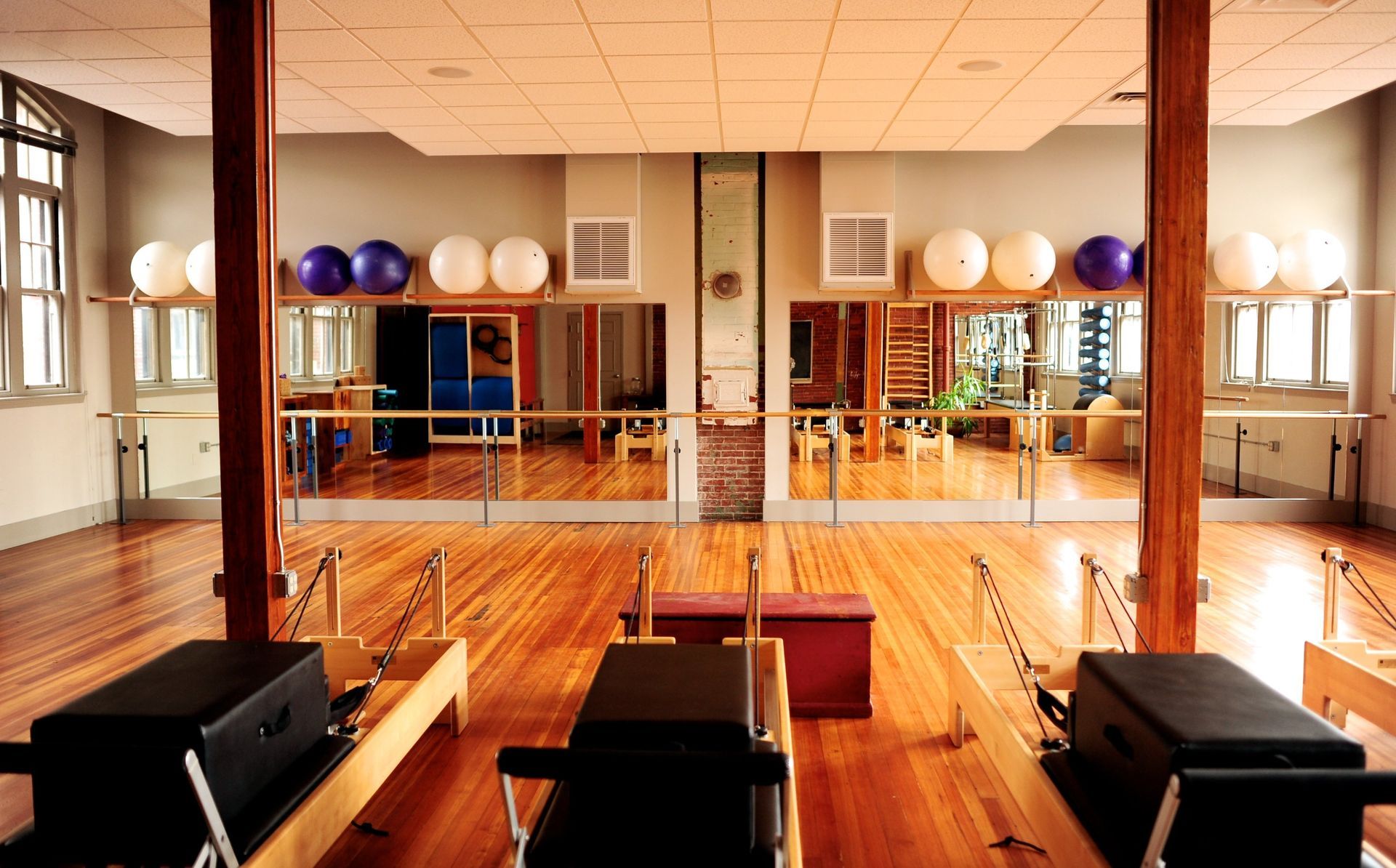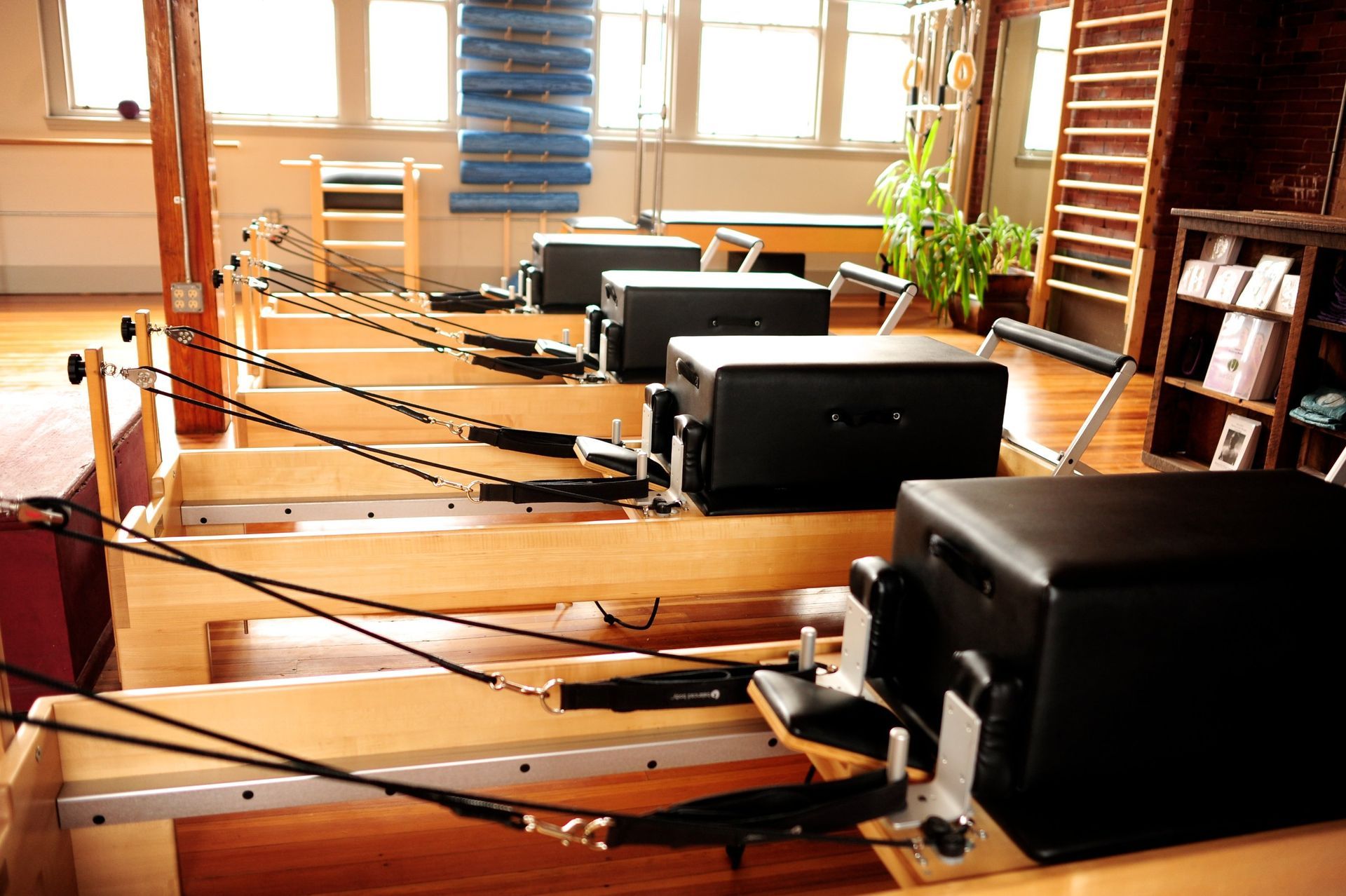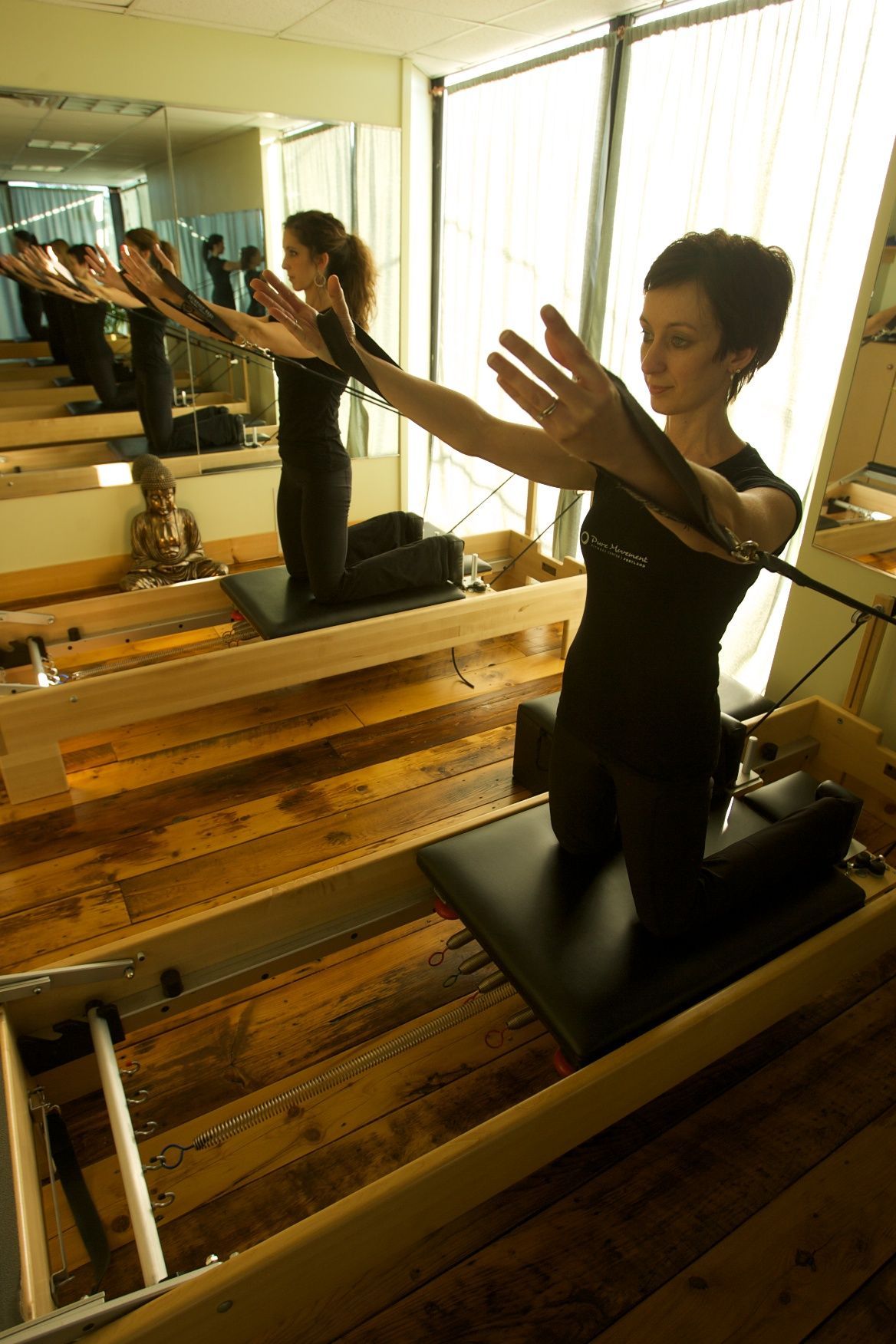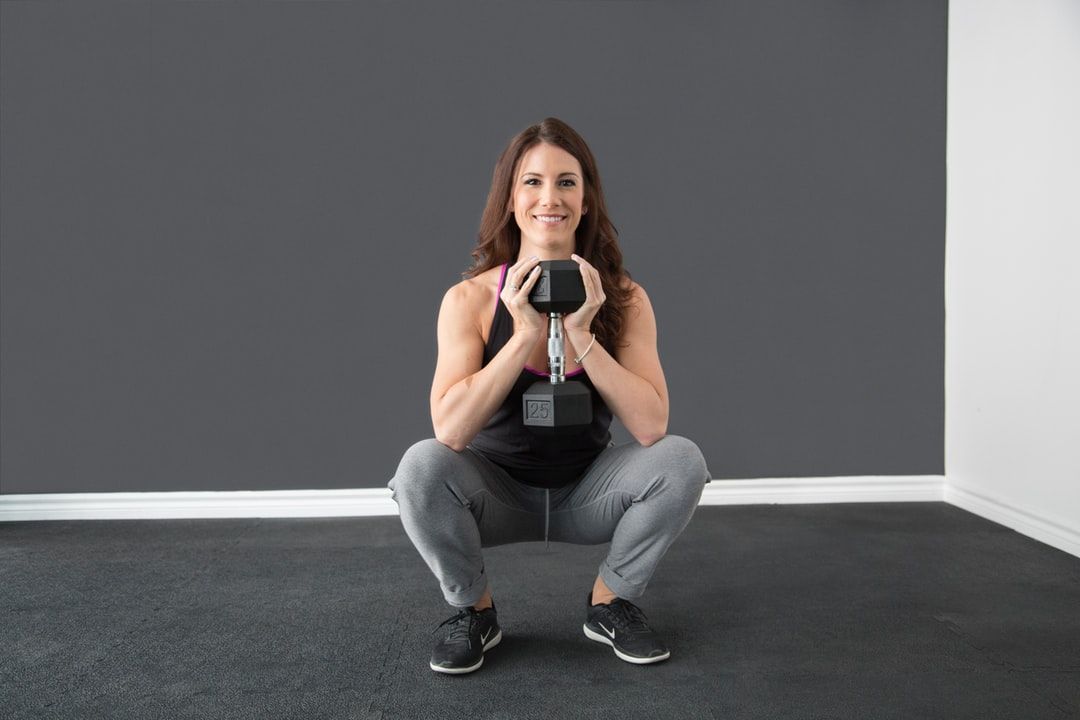Focus on quantity over quality
The Key to Lasting Progress in Pilates and Barre
In a world that often glorifies "more" — more reps, more speed, more sweat — it can feel counterintuitive to slow down and focus on less. But in movement disciplines like Pilates and Barre, quality over quantity isn't just a cute slogan. It’s the foundation of real, sustainable strength, flexibility, and injury prevention.
Whether you're flowing through dynamic Pilates sequences or holding deep pulses at the Barre, the true measure of your success lies not in how many reps you complete, but in how well you execute each movement.
Let’s dive into why form is everything — and how embracing precision over volume will change your practice (and your results) for the better.
Why Quality Trumps Quantity in Pilates
Joseph Pilates famously said, "A few well-designed movements, properly performed in a balanced sequence, are worth hours of sloppy calisthenics."
Pilates is a method built on control, concentration, centering, precision, breath, and flow. These principles remind us that moving quickly, without focus, misses the point entirely.
When practicing Pilates, especially with dynamic, full-body movements like roll-ups, leg circles, or side planks, the temptation to rush through sets can be strong. You may feel like you're working harder by doing more reps or moving faster. But if each repetition sacrifices spinal alignment, core activation, or joint stability, you’re not actually strengthening — you’re setting the stage for strain and compensation.
Dynamic movement doesn't mean chaotic movement.
Instead, Pilates teaches us to bring stillness to the chaos — to create deliberate, mindful motion even in sequences that seem fast-paced. Every lift of the leg, every articulation of the spine, every extension of the arms is an opportunity to deepen your connection to your center and refine your body's mechanics.
Why Quality Matters Just as Much (If Not More) in Barre
Barre, with its roots in ballet, and functional strength training, offers a different physical challenge. Unlike the sweeping movements of Pilates, Barre often involves small, isometric contractions, tiny pulses, and held positions that create a deep, targeted burn in muscles you may not even know you had.
In Barre, the stakes for maintaining proper form are high. The small range of motion tricks the muscles into fatigue — but if alignment is incorrect, the wrong muscles take over. Rather than sculpting the intended area, you could overload your joints, strain your neck, or compromise your lower back.
For example:
- A classic Barre move like a plié pulse with heels lifted isn't about how many pulses you can survive; it’s about whether your knees are tracking over your toes, your pelvis is neutral, your chest is lifted, and your core is engaged with every tiny movement.
- In a seat series (SeatWork), mindlessly kicking the leg will quickly turn into hip strain if you aren't stabilizing through the abdominals and supporting leg.
The form focus creates the magic. One or two perfect pulses are infinitely more transformative than 20 sloppy ones.
The Common Thread: Mindful Movement is Powerful Movement
No matter which method you’re practicing, the goal is the same: Intentional, intelligent movement that enhances your body's function.
When you shift your focus from "how many" to "how well," you:
- Activate the correct muscles rather than compensating.
- Protect your joints from unnecessary wear and tear.
- Build true strength and endurance rather than quick, unsustainable fatigue.
- Enhance your body awareness, allowing for better posture and functional movement outside the studio.
- Prevent injuries — acute and overuse.
- Gain better results, faster, because your body learns the correct motor patterns.
How to Cultivate a "Quality Over Quantity" Mindset in Your Practice
Here are some ways to start valuing the how over the how much every time you step on the mat or to the barre:
1. Slow Down
Rushing through a sequence often disguises poor form. Moving slowly gives you the time to check in with your alignment, your breath, and your muscle engagement. It also makes exercises harder (in the best way).
Tip: In your next session, try performing each repetition 50% slower than you normally would. Notice how much more challenging it feels to stay connected.
2. Prioritize Alignment Over Range
In Pilates and Barre, bigger isn't better if it compromises your structure. Keep the movements smaller if it means you can maintain perfect form.
Tip: In leg lifts or arabesque extensions, lower your leg slightly if your back starts arching or your hips start tipping.
3. Use Mirrors and Feedback
Mirrors (or watching youself in your zoom camera) is not about vanity — it provides feedback. Watching form or working with a teacher who offers hands-on corrections can help you catch misalignments you may not feel yet.
Tip: Record yourself occasionally during your practice or take a live class where the teacher offers personalized corrections.
4. Connect Breath to Movement
Breath fuels your movement, supports your core, and encourages flow. When you pair breathing with precise muscle activation, every movement becomes more powerful and protected.
Tip: In Pilates, practice exhaling deeply during exertion (like curling up) and inhaling to prepare (like resetting before a bridge lift).
5. Embrace Fewer Reps Done Well
It's better to do 6 perfect push-ups than 20 that collapse your shoulders. Better to pulse for 10 seconds in a deep, aligned lunge than to lose form after 30 seconds.
Tip: Give yourself permission to stop when you can no longer maintain good form, even if the clock is still running or the teacher says "20 more pulses."
6. Honor Your Body's Limits
Pushing through fatigue with poor mechanics teaches the body bad habits and increases the risk of injury. Listen to your body's signals without judgment.
Tip: Rest, reset, and rejoin when you're ready. It's not weakness — it's wisdom.
The Long-Term Payoff of Prioritizing Quality
It can feel slower at first. It can feel frustrating to back off when your ego wants you to push harder.
But the long-term rewards are undeniable:
- Better posture in daily life
- Deeper core strength that supports your back and pelvis
- More defined muscles from true, focused engagement
- Fewer aches, pains, and injuries
- Greater body confidence and trust
You build a body that is strong, flexible, mobile, and resilient — not just in the studio, but in everything you do.
Be the Architect, Not the Bulldozer
When you practice Pilates or Barre, you're not just "working out" — you're building a body that will carry you through life with grace, ease, and power.
Think of yourself as an architect designing a masterpiece, not a bulldozer plowing through reps.
Every time you focus on the how, not the how many, you lay down a brick in the foundation of your strongest, most vibrant self.
Choose quality. Choose precision. Choose presence.
Your body will thank you.


